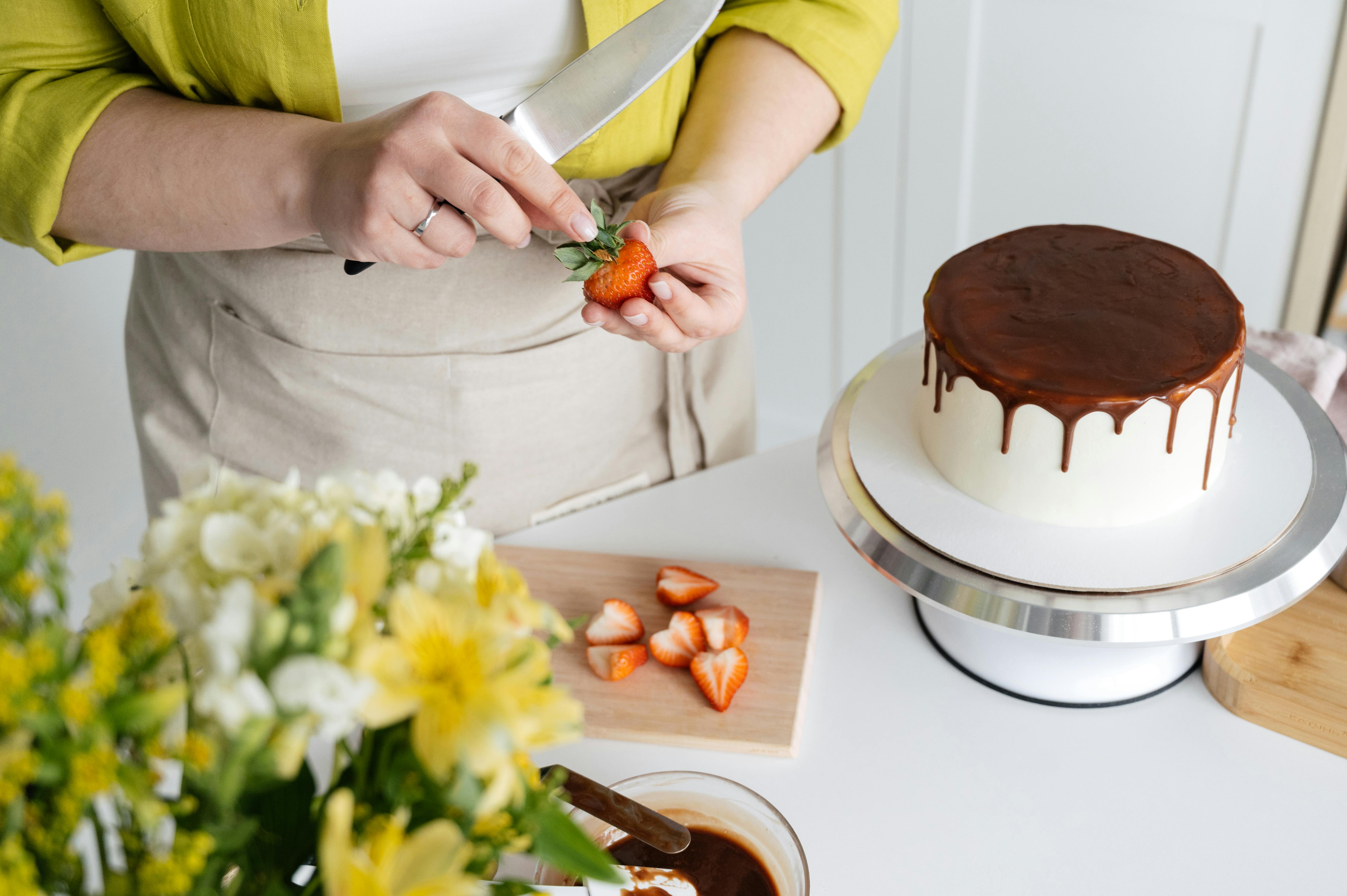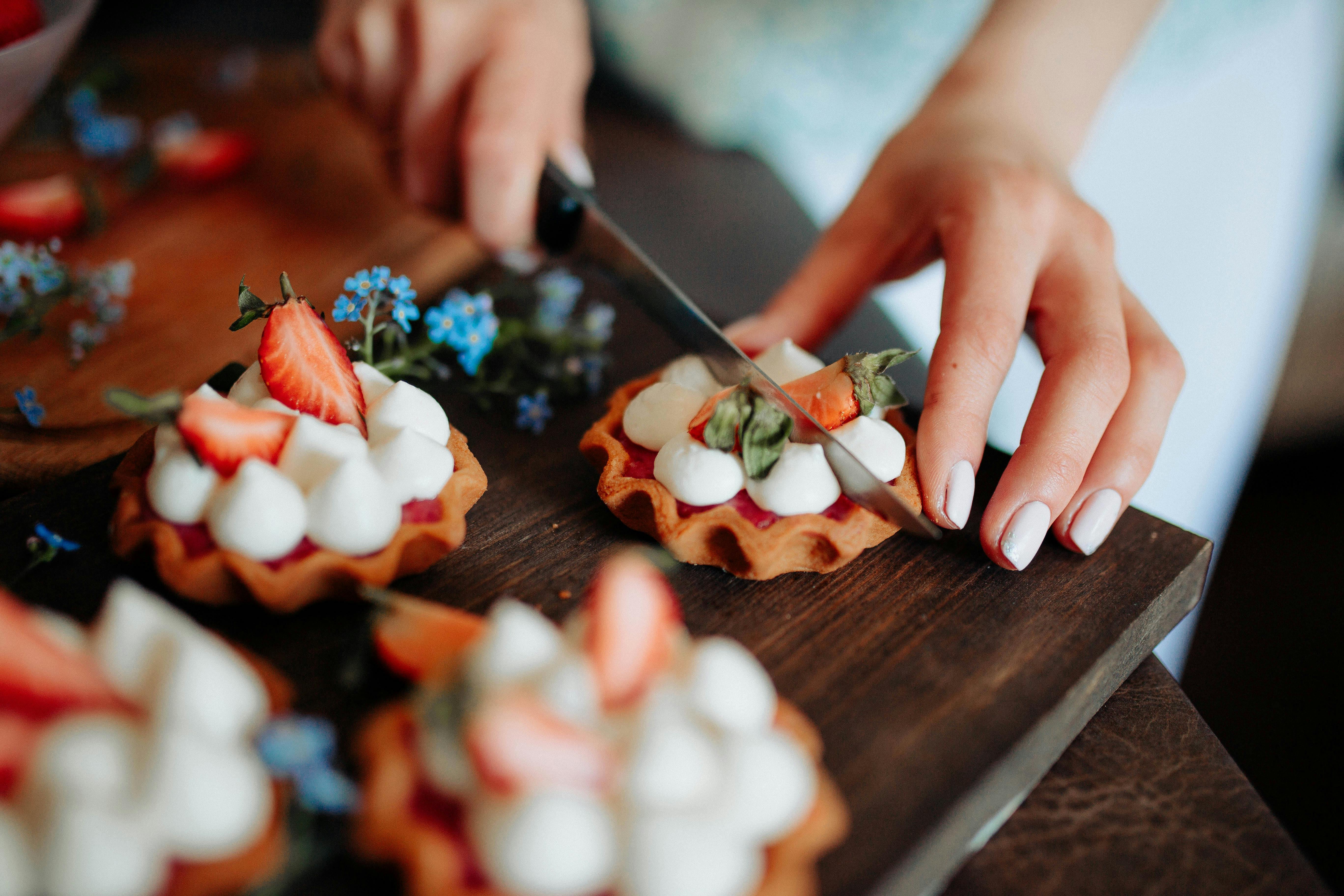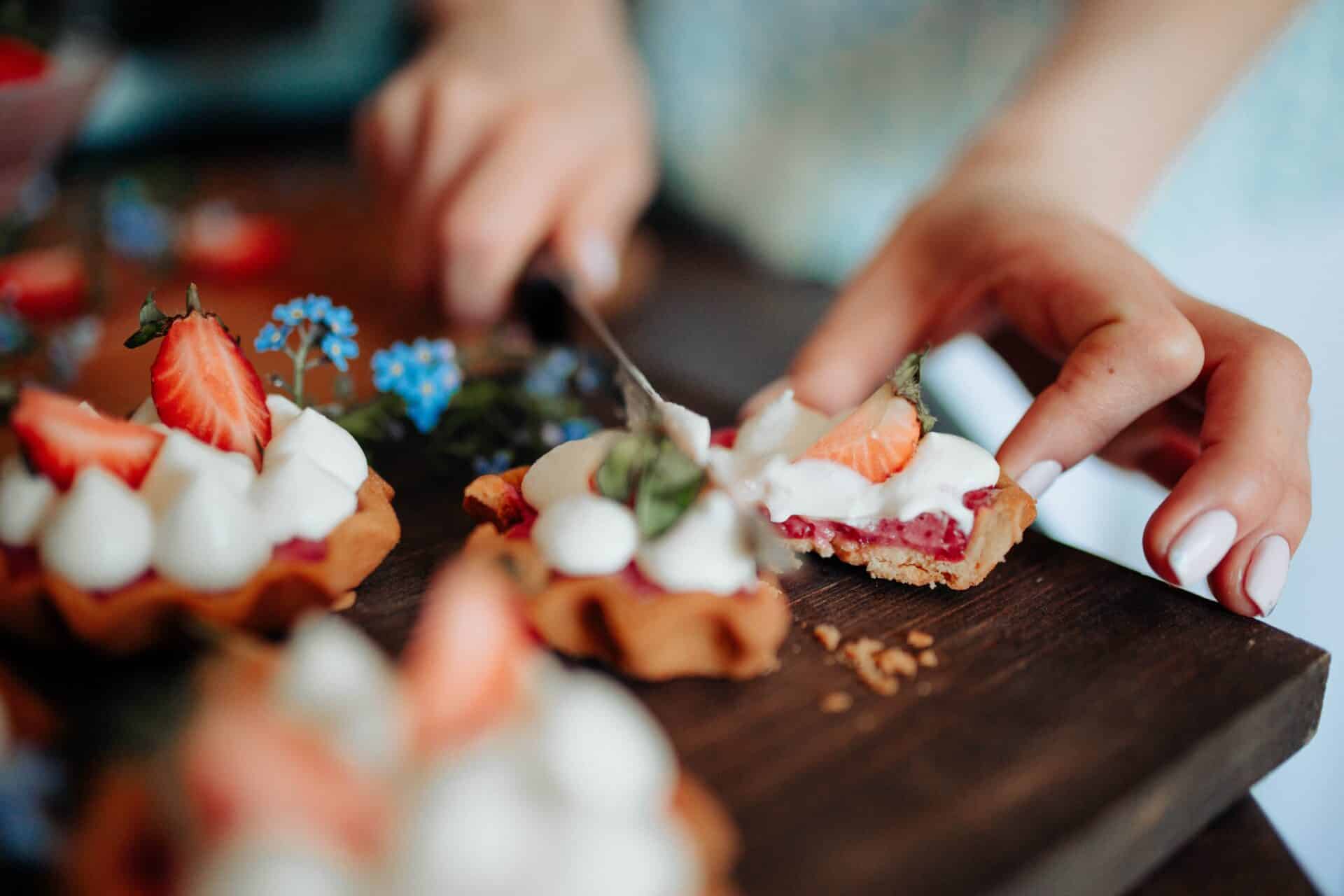Strawberry runners are a common sight in many gardens, and it’s easy to understand why. These shoots can help create a dense, full bed of strawberries, but they can also take over if left unchecked. As a result, many gardeners wonder whether it’s best to cut off strawberry runners or let them be. In this article, we’ll explore the pros and cons of both approaches and provide some tips for deciding which is right for your garden.Strawberry runners are a type of plant propagation method used to grow new strawberry plants. Runners are long stems that emerge from the mother plant and develop new roots and leaves at their end. This method of cloning is a natural way of propagating the strawberry plant and will produce an exact replica of the parent plant.
Strawberry Runners
Strawberry runners are the stems that grow from the crown of strawberry plants. They can be identified by their long, thin, and narrow shape and the presence of small root-like structures along their length. The runners can be easily distinguished from other stems on the plant by their size and color. They are usually a lighter green than other stems on the plant and have a thin, wiry texture.
The runners will grow out from the crown of the strawberry plant and will spread outwards in all directions. These stems will reach lengths up to 12 inches, sometimes even more. As they spread outwards, they will form new roots where they touch soil which will then form new plants and increase your strawberry crop. Strawberry runners can also be used to propagate a new strawberry patch and create additional plants for your garden or allotment.
When looking at strawberry plants, it is easy to identify the runners as they are generally much longer than the other stems on the plant. If you look closely at these stems you may be able to see small root-like structures along their length which help them attach to soil when propagating new plants.
Strawberry runners should be removed from the strawberry plant regularly in order to keep it healthy and encourage good fruiting potential. Removing them also helps prevent overcrowding of your strawberry patch which can reduce yields significantly if not done correctly. If you want to propagate new plants with your runners, make sure to separate them carefully from the main plant without damaging any of its roots or crowns as this could cause it to become unhealthy or even die off completely if done incorrectly.
What Are the Benefits of Cutting Off Strawberry Runners?
Cutting off strawberry runners can be beneficial for many reasons. First, it helps to keep the plant healthy by preventing overcrowding and disease. This is especially important in areas with limited space. It also encourages the plant to focus its energy on producing larger and more flavorful berries. Additionally, cutting off runners helps to promote more flowers and fruit production, increasing yields. Pruning also helps to ensure that strawberries are receiving enough light, as well as adequate air circulation for optimal growth. Finally, cutting off runners can help to reduce the risk of pests and other problems that can affect a strawberry patch.
In summary, cutting off strawberry runners can help keep plants healthy and productive by preventing overcrowding, encouraging larger berries, promoting more flowers and fruit production, increasing yields, providing adequate light and air circulation, and reducing the risk of pests and other problems.
What Are the Disadvantages of Not Cutting Off Strawberry Runners?
One of the main disadvantages of not cutting off strawberry runners is that it can lead to overcrowding in the garden. When these runners are left to grow, they can quickly take up more space in the garden and reduce air circulation, leading to poor plant growth. Additionally, when overcrowding occurs, it can lead to an increased amount of disease and pests attacking the plants. This can result in stunted growth and a poor yield of strawberries.
Another disadvantage is that when runners are not cut off, they may develop into new plants that are not necessarily healthy or strong. These new plants often lack vigor and may be prone to diseases or pests. Furthermore, if runners are allowed to spread out unchecked, they can potentially compete with other plants for resources such as water and nutrients. This competition can further weaken the existing plants and any new ones that may form from the runners.
Finally, when strawberry runners are left unchecked, it can make harvesting difficult as there will be a number of different plants competing for light and space. It can also be hard to tell which fruit belongs to which plant since all the fruits will look similar. This makes it difficult to keep track of which fruits have ripened and need harvesting.
How Should I Cut Off Strawberry Runners?
Strawberry runners, or stolons, are the long, thin stems that grow from the mother plant and produce new daughter plants. It is important to remove these runners to make sure that the plant remains healthy and productive. To cut off strawberry runners, you will need a sharp pair of scissors or gardening clippers. You should cut off any runners that have grown more than a few inches away from the main plant. Make sure that you cut the runner at the base of each daughter plant so that it does not regrow. Try to avoid cutting off too many runners at once as this can weaken the mother plant. After cutting off all of the runners, give your strawberry plants extra water and fertiliser to keep them healthy.

Pruning Necessary for Growing Healthy Strawberries
Pruning is an important part of growing healthy strawberries. Pruning helps to remove dead, diseased, or damaged foliage and stems from the strawberry plant. It also helps to remove any competing vegetation which could be competing for the same nutrients. The main goal of pruning is to promote healthy growth and development of the plant, as well as to increase yields. Pruning can also help to increase air circulation which can help reduce the spread of disease and pests in the garden. It can also help to ensure that there are ample resources available for the strawberry plants so they can thrive.
When pruning strawberries, it is important to make sure that all cuts are clean and sharp. This will help ensure that wounds heal quickly and properly without leaving behind any jagged edges which could lead to infection or disease in the future. Pruning should be done in late winter or early spring before new growth begins in order to avoid removing too much foliage at once. When pruning, it is important to cut back all stems down to a few inches above soil level. This will help prevent new shoots from forming at an undesired angle or height.
It is important for gardeners to remember that pruning isn’t just about removing dead or diseased parts of a plant; it is also about shaping and forming your plants for optimal growth in order to produce maximum yields. Pruning can also help manage insect populations by removing areas where insects like aphids may congregate and feed on the foliage. Overall, pruning is an essential part of growing healthy strawberries and should not be overlooked when planning a successful garden harvest!
What Should I Do With the Cuttings After Pruning?
Pruning is an important part of plant care, as it encourages healthy growth and helps to keep plants looking their best. After pruning, it’s important to know what to do with the cuttings. Depending on the type of plant, you may have several options for disposing of or reusing the cuttings.
For some plants, such as roses, citrus trees and many woody shrubs, you can use the cuttings to create new plants. This process is called propagation and can be done through rooting or layering. Rooting involves dipping the end of a cutting into a rooting hormone before sticking it into moist potting soil or a mixture of peat moss and vermiculite. The cutting should be kept in a warm spot with indirect light until new growth appears. Layering is a process where part of an existing stem is bent to touch the ground and covered with soil. This usually takes several months before the cuttings are ready to be separated from the parent plant.
For other types of plants, such as annuals and herbaceous perennials, you won’t be able to propagate them from cuttings. In this case, you can either dispose of the cuttings in your compost bin or add them directly to your garden beds where they will decompose over time and provide valuable nutrients back into the soil.
No matter which option you choose for disposing of or reusing your pruning cuttings, it’s important that they are handled in a safe manner in order to prevent any disease or pest problems from spreading throughout your garden.
Signs of Overly Aggressive Pruning of Strawberry Runners
Pruning of strawberry runners is an important part of the plant’s maintenance and growth. However, overly aggressive pruning can lead to negative impacts on the plant’s health and vigor. The signs of overly aggressive pruning include a decrease in runner production, stunted growth, yellowing and wilting leaves, and decreased fruit production.
When runners are pruned too aggressively, the plant may not produce enough runners to adequately support its overall health. This can lead to a decrease in runner production, resulting in fewer new plants and a decrease in overall growth.
Overly aggressive pruning may also cause stunting of the plants. The plants will not reach their maximum potential size as they would with adequate runner production. Additionally, some signs of stunting can include yellowing and wilting leaves or an overall decrease in the size of the plants’ leaves.
Finally, overly aggressive pruning can lead to decreased fruit production. This is because strawberry plants rely on their runners for healthy growth and fruiting capabilities. When runners are removed too vigorously or too often, it affects the ability for the plant to produce enough flowers that will turn into fruits. As a result, there will be fewer fruits produced by any given plant when this type of pruning is done too severely.
Overall, it is important to practice proper pruning techniques when working with strawberry runners in order to ensure that they remain healthy and productive plants that produce abundant crops throughout their growing season. If any of these signs are present after pruning strawberry runners, then it may be a sign that you have been overly aggressive with your pruning techniques and should take steps to correct it immediately for best results.

Conclusion
Cutting off strawberry runners should be done with care. If done properly, it can help to produce more vigorous plants and an increased harvest. It is important to note that cutting off the runners too early or too often could reduce the plant’s vigor and yield. In addition, if done incorrectly, it could also damage the plant’s root system. Overall, cutting off strawberry runners can be beneficial to a garden if done correctly and with caution.
When deciding whether or not to cut off strawberry runners, it is important to consider the individual garden’s needs and how much energy and space are available for growth. By carefully considering these factors, gardeners can make an informed decision on whether or not to cut off their strawberry runners in order to maximize their harvest potential.



